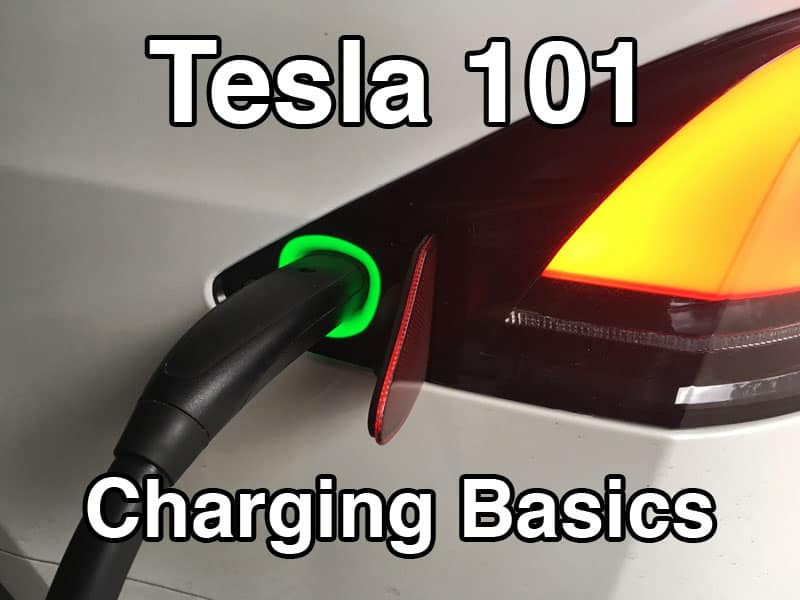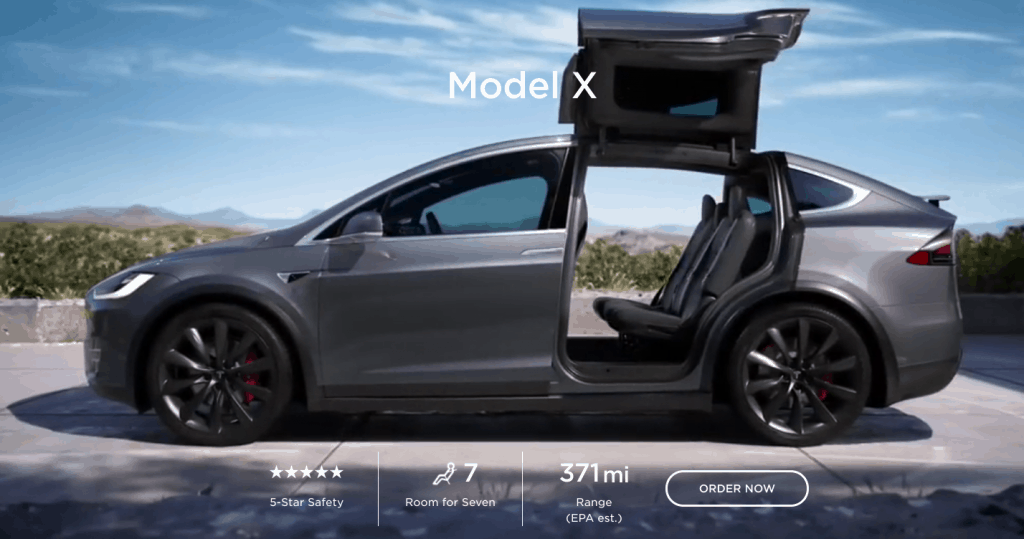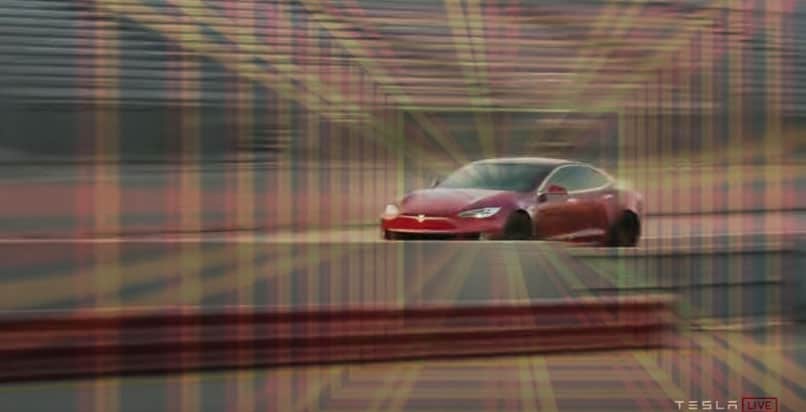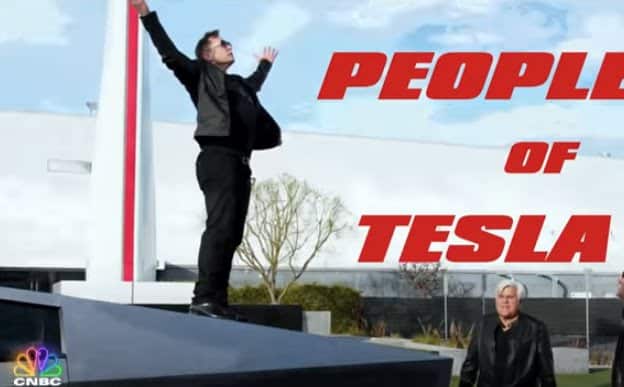Tesla 101: How Do You Charge a Tesla?
Charging Basics and How Long Does it Take to Charge a Tesla? When it comes to Tesla charing, there’s a lot of options and variables. In our Tesla 101 series, we’re going to dive into some common newbie questions around Tesla vehicles. For this article, we’ll cover charging basics, everything from charging at home and on the road. Within the Tesla network and whether or not you should consider 3rd party options. The short answer, if using a Tesla charger, press the button on the “wand”, the charge port door on your Tesla will open, and you simply insert the wand. The vehicle will automatically start charging. The indicator light will display as white when the door opens. As soon as you insert the wand, the light will change to blue as the vehicle prepares to charge. It will then start to flash green as the vehicle begins to charge. It certainly gets a bit more complicated than that, or at least it can with several variables to consider. Some owners may not worry about all the details, but we’ll dive into some of those variables a bit. How long does it take to charge a Tesla. Is Tesla charging free? These are some of the questions we’ll cover. Next, we’ll cover some of the charging types, commonly referred to as Level 1, Level 2, and Tesla Supercharging. Level 1 vs. Level 2 Charging vs. Supercharging Before we begin, we’ll cover a few items of terminology. Level 1 charging uses a 110v outlet. These are the standard 15 or 20amp outlets commonly found in homes throughout the US and other some other countries. This charging can be quite slow. If you are fairly low on charge, you’ll likely see a time estimate of 24+ hours to recharge. Level 2 charging uses a dedicated 240 volt circuit. This provides much quicker charging times, up to three to nine times faster than Level 1 charging. Electricity is exponential, so if you go from a 20 amp outlet to a 40 amp circuit, the charging speed should be close to three times faster. Tesla Supercharging In the Tesla realm, the next step up is their Superchargers which use a 480 volt DC power source. You won’t find these in homes, this is an industrial application with considerably higher voltage. Other manufacturers such as Nissan refer to 480 volt charging as “quick charging” and Ford appears they will call their upcoming network “FordPass Chargers”. Since I’m focusing this article on Tesla, we’ll continue to use the “Supercharger” term in regards to 480 volt charging. NOTE: A quick terminology definition. For 110 volt or 220 volt charging, electric vehicles have an onboard charger. Using either 110 or 220 volts, a vehicle is connected to an Electric Vehicle Supply Equipment (EVSE). The EVSE then safety transfers electricity to the vehicles onboard charger. Many of those who are knowledgeable on electric vehicles will quickly call people out if they refer to an EVSE as a “charger”. For 480 volt charging, the onboard charger is bypassed and these stations are considered “chargers”. In my opinion, it just adds unnecessary confusion. Very few people will refer to these units as Electric Vehicle Supply Equipment. Someone who is new to electric vehicles won’t have any idea what EVSE stands for. Tesla Charging at Home Most owners will do the majority of their charging at home, so we’ll discuss some of the options for charging your Tesla at home first. Tesla Wall Connector The Tesla Wall Connector is a popular choice for many owners. They are currently on “Generation 3” of the Wall Connector which added Wi-Fi connectivity, but also has a 48 amp output max verses the 100 amp on the previous Gen 2 Wall Connectors. Below is a chart from Tesla that shows the charge speed you can expect depending on the size of circuit breaker you’re using. The larger the amperage, the faster you will charge. This chart is based on the current models offered. Older vehicles had various battery pack sizes and other hardware configurations that will affect these numbers. Tesla Wall Connector Power Sharing If you plan to own more than one Tesla and want multiple Wall Connectors, they can be used on the same circuit for “Power Sharing”. You must have the same generation Wall Connectors though, for example, you can’t combine a Gen 2 with a Gen 3 in this shared configuration. You’ll need to make sure you have two Gen 2’s or two Gen 3’s. Wall Connector Cable Length The Tesla Wall Connector is available in two lengths, either 8.5 feet or 18 feet. Surprisingly, this doesn’t affect the price as with some other manufacturers. I find going with the longer 18 foot cord gives you more flexibility. It can also save you from having to run longer wires from your circuit panel. It may seem trivial, you’ll likely have more cabling to wrap up (depending on your install). For mine, I ended up running my cabling behind shelving and was able to run less wiring from my circuit breaker. Indoor or Outdoor, Hardwired or Plug-In If you plan to install your Wall Connector outdoors, it is typically recommend that you have it hardwired. Otherwise, you’ll need to ensure you have outdoor rated, weatherproof outlets. Be sure to check your local code if you are considering a plug-in approach outdoors to make sure you’re in compliance. Always take the proper safety precautions when dealing with electricity. Adding a Cord? A plug-in Wall Connector from Tesla was available, although it’s no longer listed in their store. They now have a Corded Mobile Connector we’ll discuss further below. You can also consider adding a cord to your Wall Connector. Home improvement stores sell dryer and range cords. Most commonly, they’re available for 30 amps, but you will find a smaller selection of 40 and 50 amp cords as well. This is the 50 amp range cord by GE I purchased from Amazon for my
Tesla 101: How Do You Charge a Tesla? Read More »










